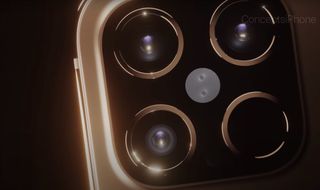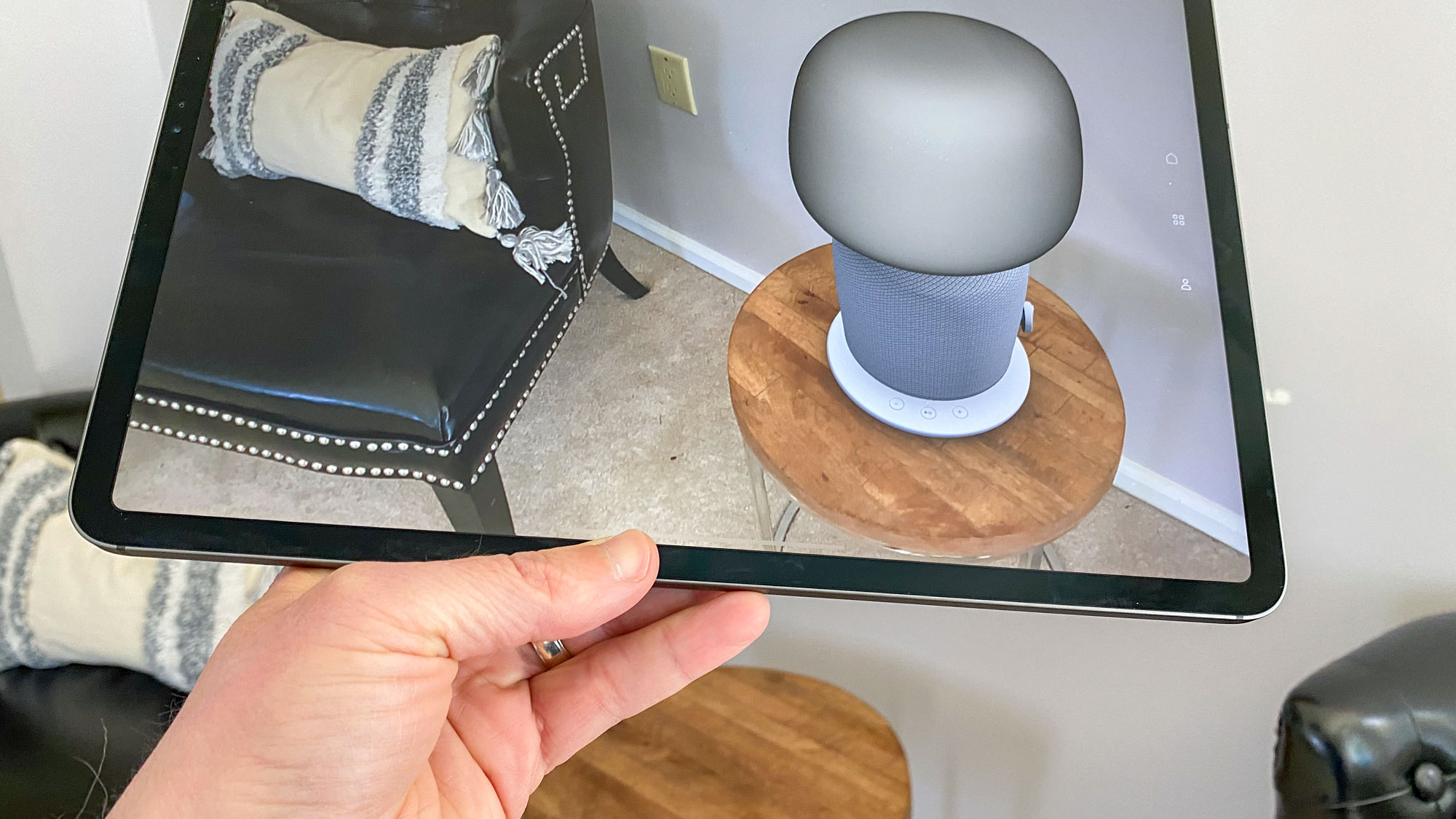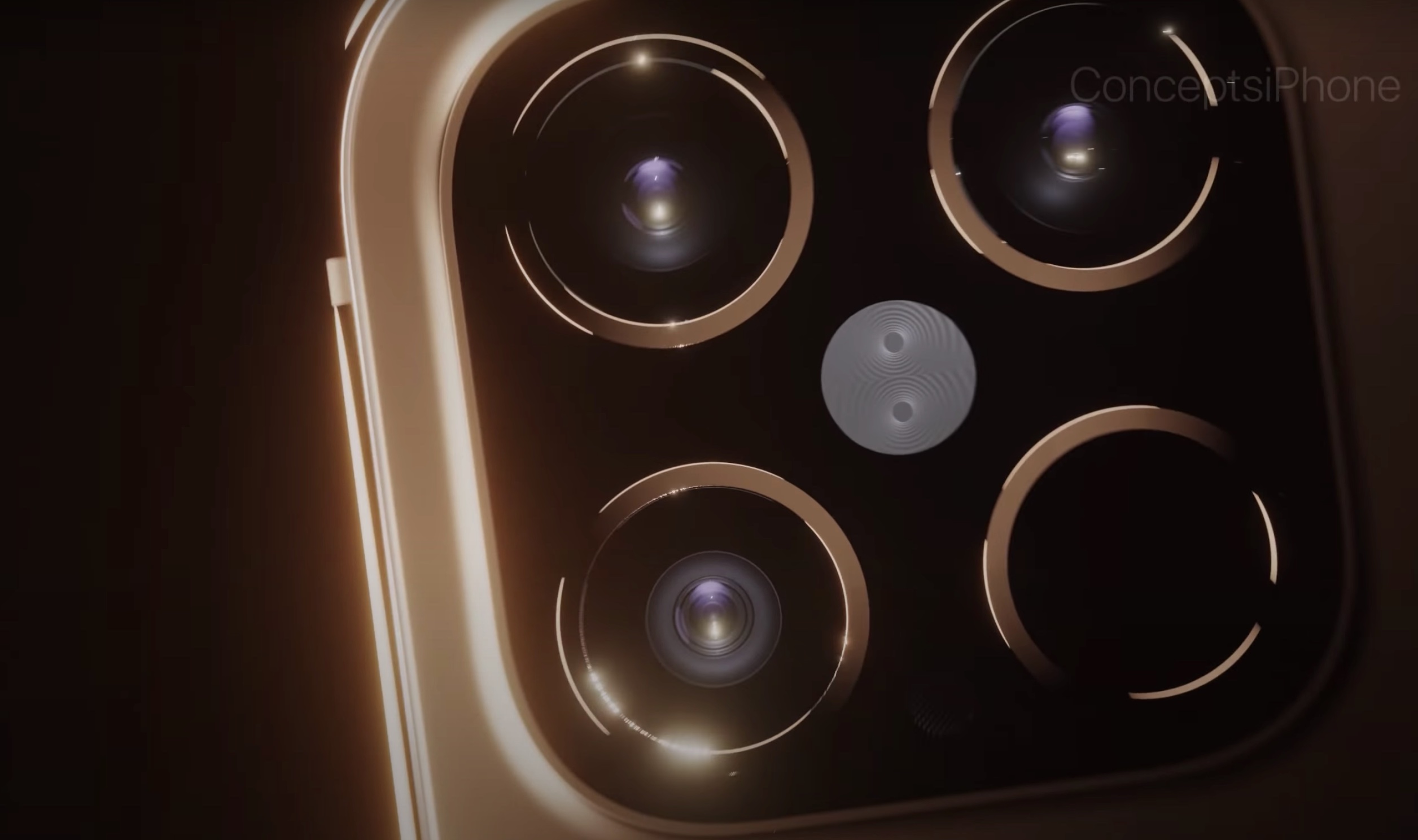iPhone 12 Pro and LiDAR — why this exciting tech will beat Galaxy Note 20
iPhone 12 Pro and LiDAR — why this exciting tech will beat Galaxy Notation xx

For a while at present the iPhone 12 Pro, or the iPhone 12 Pro Max at least, has been tipped to go a LiDAR sensor much similar that found in the rear camera array of the iPad Pro 2020.
It might seem like an odd motion to put applied science unremarkably used in vehicle navigation into a smartphone. Just phone camera tech is so skilful these days that phone makers are trying to detect new ways to ameliorate it and that'due south what Apple appears to be doing with its foray into LiDAR tech.
- These are the best iPhone AR apps you can download now
- Apple Glass rival could steal the iPhone 12's coolest feature
- Merely In: Every new iPhone12 model just leaked
So you're still wondering just what the heck a LiDAR sensor is, and why an iPhone or iPad would need one? Allow united states of america to explain.
What is a LiDAR scanner?
In brusque, LiDAR stands for Light Detection and Ranging. Information technology's basically the means past which lasers are used to effigy out distances and depths. Light amplification by stimulated emission of radiation beams are shot out of the LiDAR scanner and it times how long they take to bounce back to the sensor, then works out the distance and depth of objects that the laser low-cal has bounced off. All this happens very quickly — not quite the speed of light, but faster than you could probably judge a altitude is.
LiDAR has been used in aircraft, infinite, and military applications for ages. But more than recently it'due south popped up in consumer gadgets. If yous have a robot vacuum cleaner, so that probably uses LiDAR to piece of work out where it'due south going. And LiDAR is ane of the major ways driverless cars and self-driving systems navigate roads safely.
As the tech improves and the computational power in smartphones and tablets gets boosted, it's possible to equip them with LiDAR sensors.

Why use LiDAR in smartphones?
Phones like Samsung's Milky way S20 Ultra and Milky way Note x Plus have time-of-flight (ToF) sensors that a measure how long it takes infrared lite to bounce dorsum to the sensor. That allows for greater depth sensing.
So you might ask why a LiDAR scanner is needed on the electric current iPad Pro and likely the iPhone 12 Pro? Well, the latest LiDAR systems use multiple laser pulses to effectively scan parts of an environment very quickly, whereas ToF sensors tend to use a single axle of infrared lite.
Every bit a result, LiDAR systems effectively scan more stuff and take in more data pertaining to the scene the scanner is existence pointed at. Better range and more scanning potential means LiDAR is better at detecting an object in front or behind of other objects. Known equally 'occlusion,' this procedure allows for LiDAR to build a richer picture of the environment being scanned.

And thank you to the use of estimator algorithms and computational photography, LiDAR could deliver photos with a deeper sense of depth. But this isn't something we've seen in the iPad Pro, which doesn't fifty-fifty support a portrait way with its rear-camera array.
Really, LiDAR on the iPad Pro is more nearly improving augmented reality experiences and apps. The greater scanning potential ways virtual objects are more than realistically superimposed over a real surround, and the ability to digitally measure objects more accurately.
While we found the LiDAR scanner in the iPad Pro to work well with some AR apps, like IKEA Place, it doesn't allow 3D objects to be scanned with plenty accurateness to say, send that data to a 3D printer for replication, something that would certainly make the iPad Pro more 'Pro.'
And the range of apps that can tap into the LiDAR tech on the iPad Pro is pretty slim. The developers of the Halide camera app did a deep-dive into the iPad Pro'southward LiDAR system and noted there are no APIs to allow developers to access the information below that provided past what's scanned at 3D surface level.
Apple does take its ARKit to provide developers with a framework to create AR apps for its devices. Simply and so far AR apps don't seem specially prolific.
Why put LiDAR into the iPhone 12 Pro?
The reply to that isn't piece of cake, as the use of LiDAR in smartphones and other mobile gadgets is a bit of a chicken and egg situation. Without a slew of AR apps, clever LiDAR tech could be wasted. Only without the extra sensing ability of a LiDAR organization, AR apps may end upwards existence lackluster experiences.
So putting a LiDAR scanner into the iPhone 12 Pro, which is very likely to sell a lot more the iPad Pro, is a case of 'if yous build it, they will come up.' With an iPhone 12 Pro with a LiDAR sensor in the hands of hundreds of thousands of people, developers may be more than compelled to create AR apps that piece of work with LiDAR.
A recent study detailed how the iPhone 12 Pro will use a LiDAR sensor provided by Sony. And through the employ of calorie-free pulses, the LiDAR sensor will measure out the distances of objects the phone is pointed at.
At its most basic, this apply of LiDAR should enable ameliorate Portrait mode shots, with the actress depth information allowing for ameliorate blurring of backgrounds while keeping the subject field of the shot in clear focus. Potentially this could help the iPhone 12 Pro deliver shots that are upwardly there with DSLR cameras, a milestone that smartphone photography has yet to truly achieve.
The LiDAR sensor should also be able to help with video, as it would be able to track the depth of objects or subjects as they movement in the frame.

In the short-term, this could mean more AR tools for measuring rooms and seeing what a corner might look like if a side table was added to information technology or what your friend might look like in a new jacket. And AR games would feel a lot less clunky and more compelling.
Over time, if the tech really takes off in smartphones, nosotros could so encounter apps that allow you to browse an object to be remade in a different textile or scan 3D models to be sent to manufacturers to build. There'due south a real gamble that LiDAR could enable a whole range of artistic apps and services.
The iPhone 12 will have some serious photographic camera competition from the upcoming Samsung Galaxy Notation xx, which is expected to pack a similar photographic camera array to the Galaxy Note 20 series. That means it could include a 12MP ultrawide photographic camera, a 48MP telephoto lens and a whopping 108MP wide lens complete with a time-of-flying sensor. Merely the iPhone 12's LiDAR scanner could allow for those special experiences that go beyond raw resolution or power.
Of form, this is all speculation based on the rumor that the iPhone 12 Pro will indeed accept a LiDAR scanner; Apple could simply opt to put a new lens in the rear-camera array instead. But information technology offers us a glimpse at how LiDAR can further brand its way out of industrial and aeronautical machines and into your very hands.
Source: https://www.tomsguide.com/features/iphone-12-pro-and-lidar-why-this-exciting-tech-will-beat-galaxy-note-20
Posted by: danielpokinklant1959.blogspot.com


0 Response to "iPhone 12 Pro and LiDAR — why this exciting tech will beat Galaxy Note 20"
Post a Comment